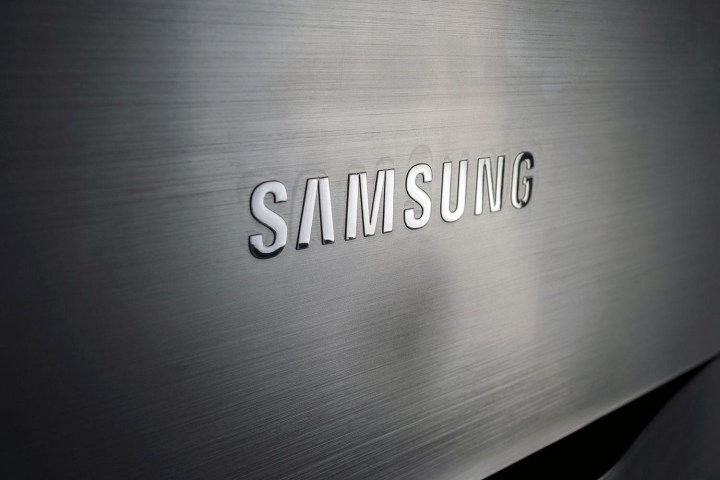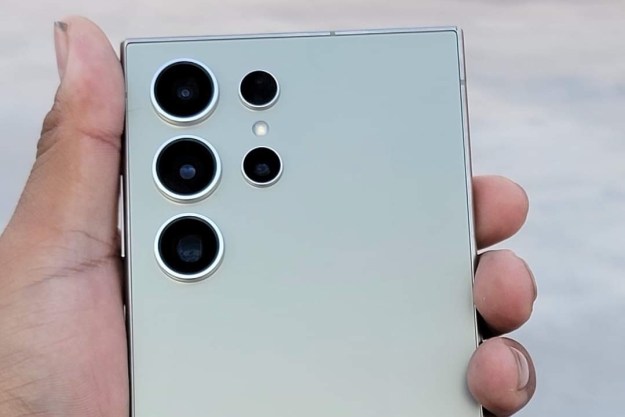
The phone features a metal build on the back that curves at the edges to meet the curved glass on the front. Similar to Oppo’s R9s and R9s Plus, the Galaxy C9 Pro reduces the antenna bands to three thin lines that run parallel to each other, which helps maximize the use of metal.

But what makes the dual-SIM C9 Pro stick out like a sore thumb is its large 6-inch, 1,920 x 1,080 pixel resolution Super AMOLED screen — it’s unfortunate Samsung didn’t add a higher resolution display for its size. What’s worse is it runs Android 6.0 Marshmallow — LG’s new budget line of smartphones all run Android 7.0, Nougat, so it’s unclear why Samsung is using older software.
With the 6GB of RAM comes an octa-core processor that’s likely the Snapdragon 653 — Samsung just lists MSM8976SG as a model number, which is the same as the Snapdragon 652 except for the SG. We take the SG to mean second generation, as the chips specs match that of the 653. We have reached out to the company to clarify.
The C9 Pro comes with 64GB of internal storage as well as a MicroSD card slot that lets you expand storage up to 256GB, and a large 4,000mAh battery. It uses a USB Type-C charging port, and yes — it does come with a headphone jack. You’ll also find a fingerprint sensor and an LED notification light on the C9 Pro.
A 16-megapixel camera with a wide f/1.9 aperture sits above the display and on the back. Below the front display is the combination of a home button and capacitive back and multitasking buttons that are familiar to those used to Samsung-made phones.
The Galaxy C9 Pro goes on sale in the latter half of February for about $543, or 36,900 rupees to be more precise. That’s pricey when you can get devices of equivalent or better specs for $430 — such as the OnePlus 3T.
It’ll come in black and gold, and will be available for pre-order at select retailers in India on January 27.
Editors' Recommendations
- A new version of the Samsung Galaxy S24 could be coming soon
- Why I ditched my iPhone 15 Pro for the Samsung Galaxy S24 Ultra
- An incredible health feature is coming to the Samsung Galaxy Watch
- Does the Samsung Galaxy S24 come with a pen?
- Does the Samsung Galaxy S24 come with a charger in the box?


